45+ Printable Event Proposals
-

Student Organization Event Proposal
download now -
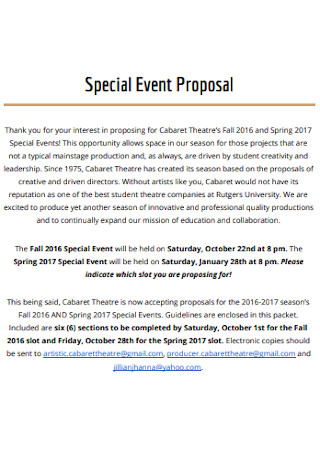
Special Event Proposal
download now -
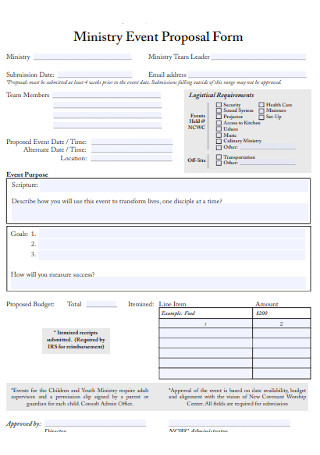
Ministry Event Proposal Form
download now -
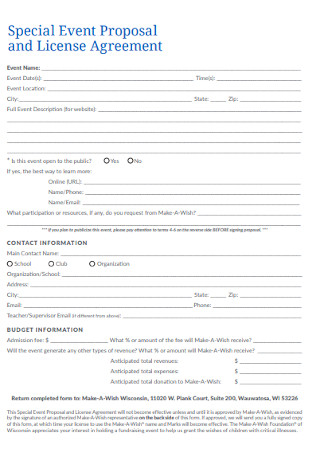
Event Proposal and License Agreement
download now -
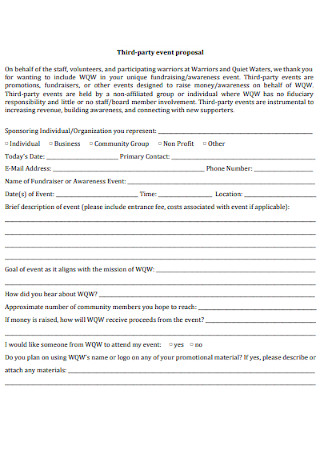
Third-party Event Proposal
download now -
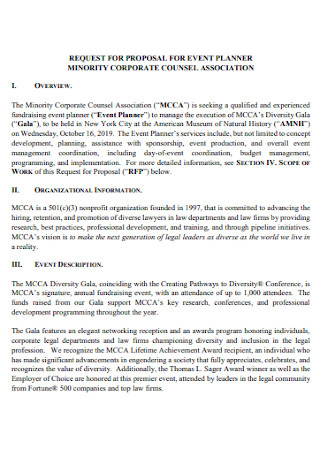
Event Planner Request for Proposal
download now -
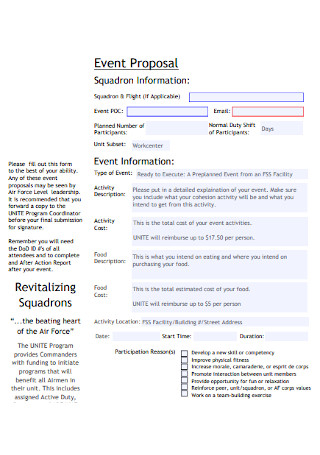
Sample Event Proposal Template
download now -

School Event Proposal Template
download now -
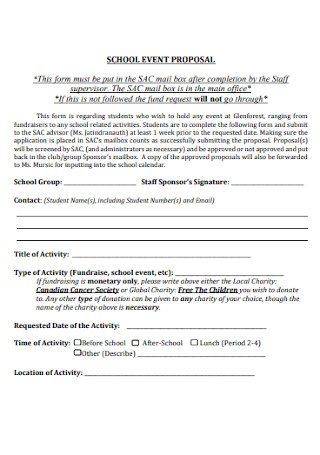
School Event Proposal
download now -
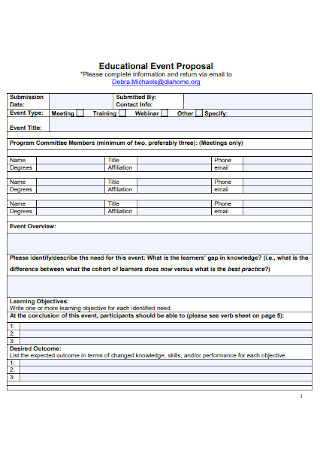
Educational Event Proposal
download now -
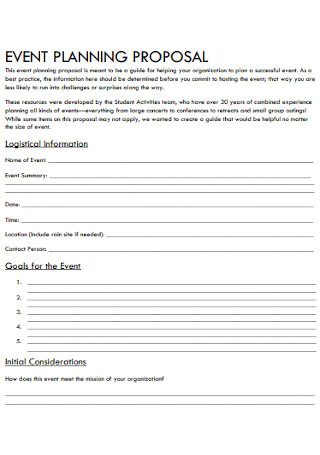
Event Planning Proposal Template
download now -
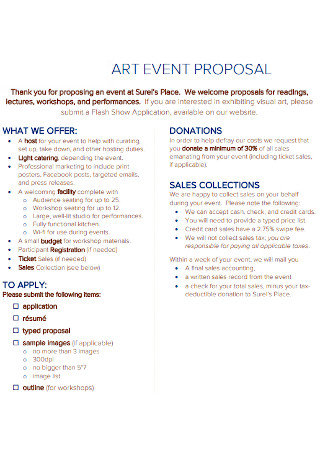
Art Event Proposal Template
download now -
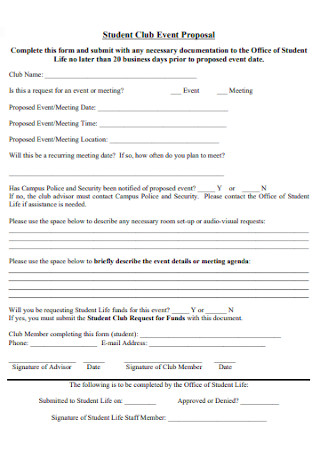
Student Club Event Proposal
download now -
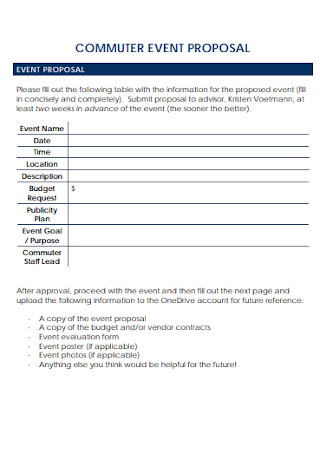
Commuter Event Proposal Template
download now -
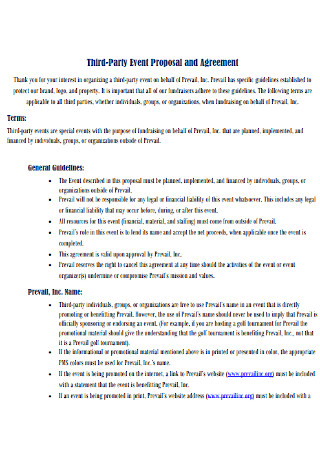
Third-Party Event Proposal
download now -
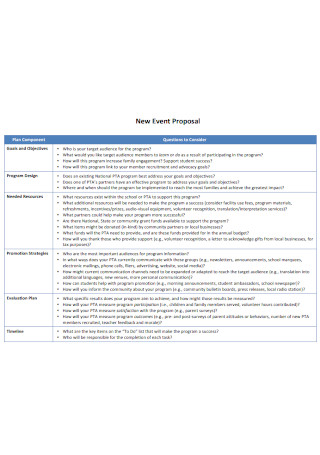
Sample New Event Proposal
download now -
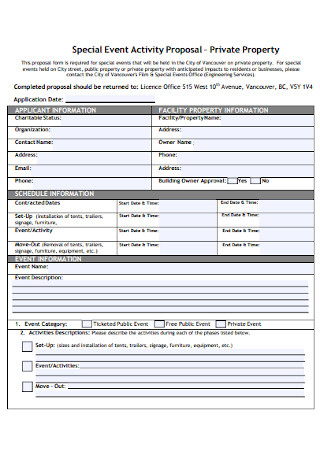
Special Event Activity Proposal
download now -
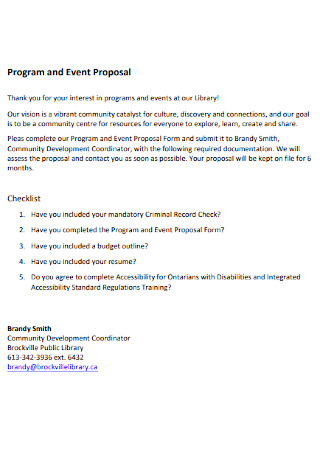
Program and Event Proposal
download now -
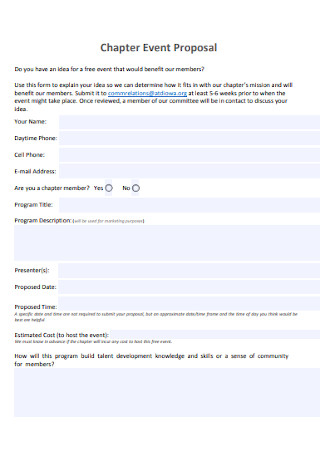
Chapter Event Proposal
download now -
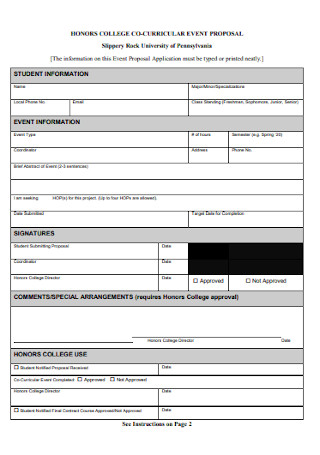
College Event Proposal
download now -

Anniversary Event Proposal Template
download now -
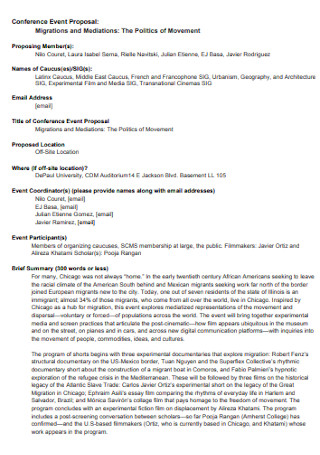
Conference Event Proposal
download now -
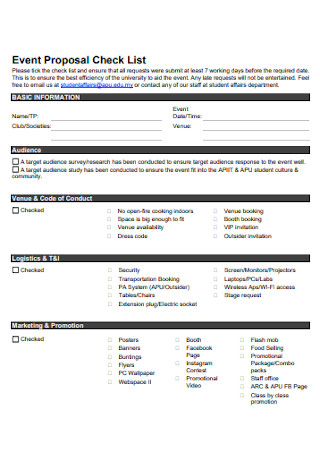
Event Proposal CheckList
download now -
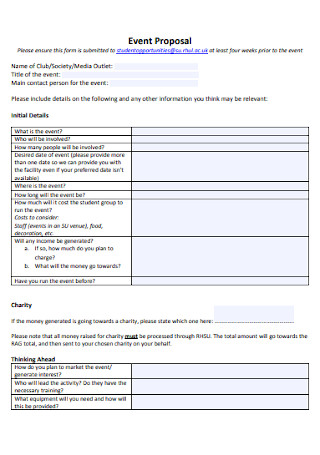
Basic Event Proposal Template
download now -
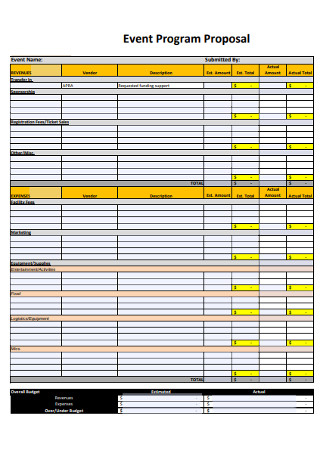
Sample Event Program Proposal
download now -
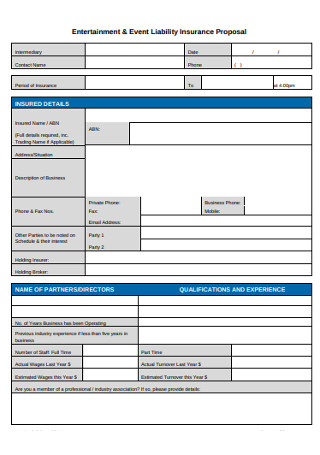
Entertainment Event Proposal
download now -
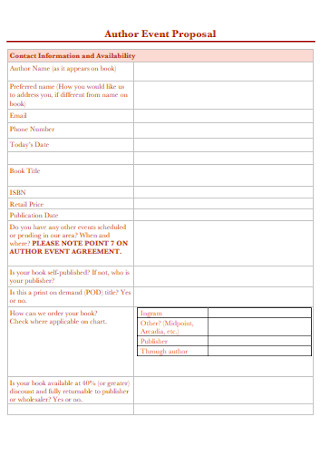
Author Event Proposal
download now -

Special Event Proposal Template
download now -

Health Awareness Event Proposal
download now -
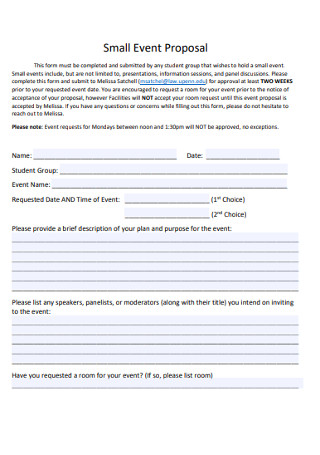
Small Event Proposal
-
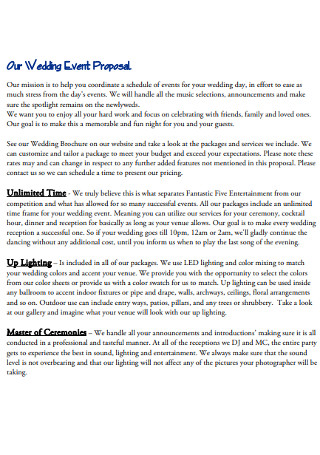
Sample Wedding Event Proposal
-
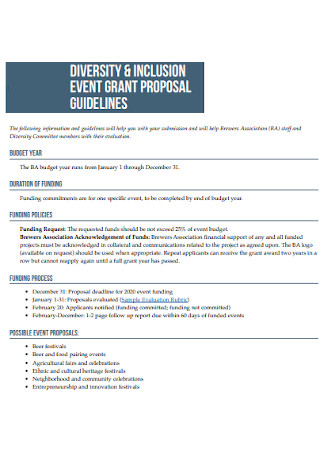
Event Grant Proposal
download now -
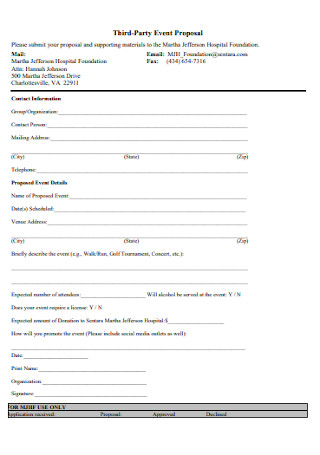
Basic Third-Party Event Proposal
download now -
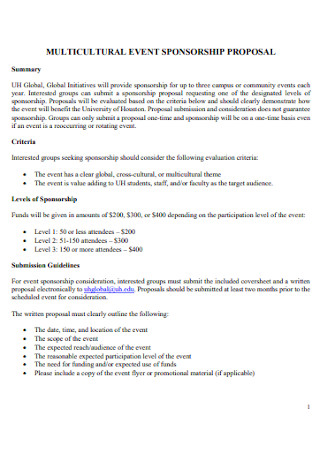
Event Sponsorship Proposal
download now -
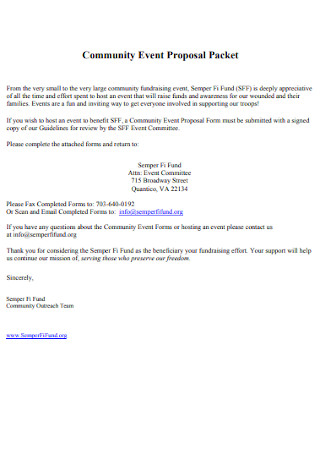
Community Event Proposal Packet Template
download now -
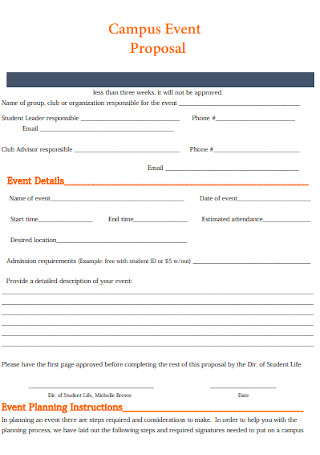
Campus Event Proposal
download now -
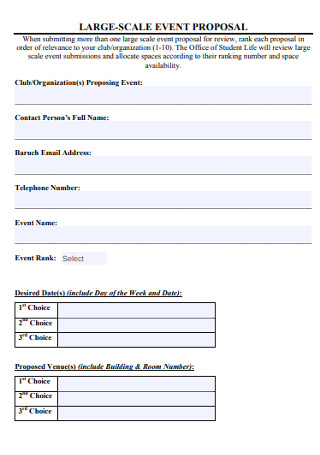
Large-Scale Event Proposal
-
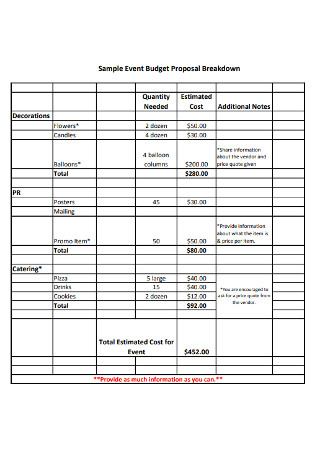
Sample Event Budget Proposal
-

Third-party Fundraising Event Proposal
download now -
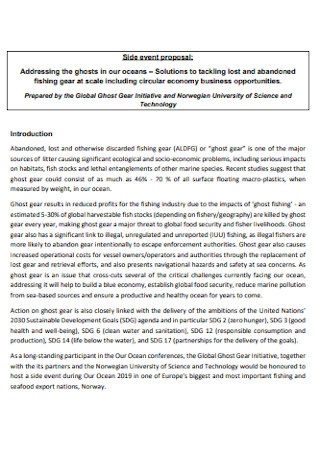
Side Event Proposal Template
download now -
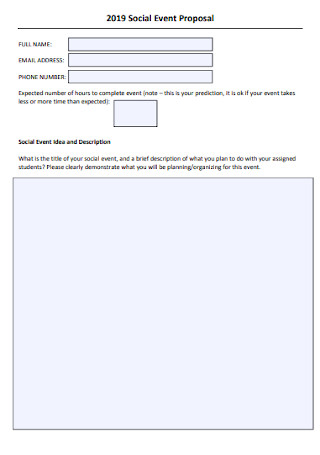
Social Event Proposal
download now -
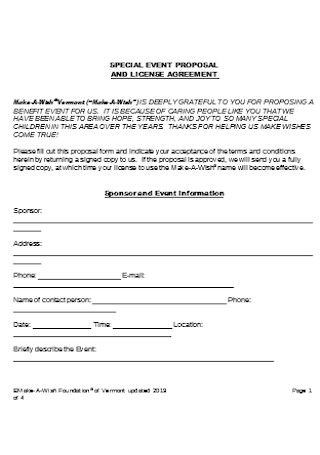
Standard Special Event Proposal
download now -
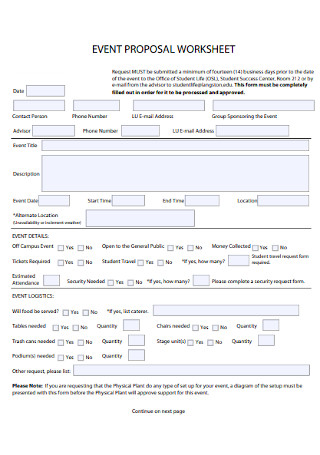
Event Proposal Worksheet Template
download now -
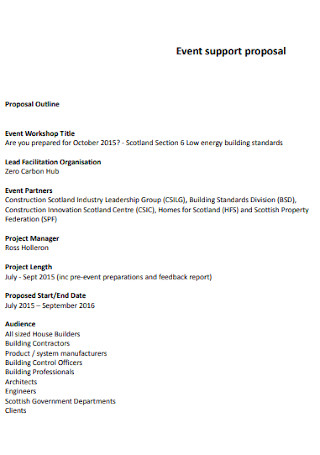
Event Support Proposal Template
download now -
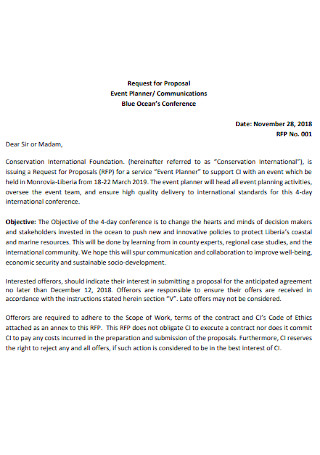
Event Planner Proposal Template
download now -
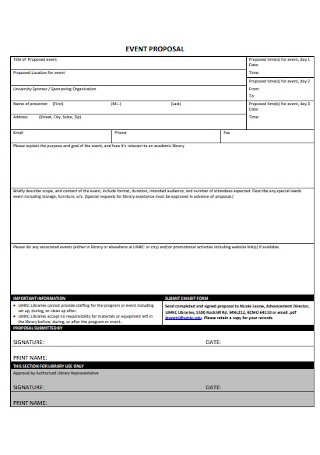
Event Proposal Format
download now
FREE Printable Event Proposal s to Download
45+ Printable Event Proposals
What Is an Event Proposal?
Benefits of Event Proposal Templates
Tips for Crafting a Winning Event Proposal
How to Write an Event Proposal
FAQs
What is the summary of the event proposal?
What is an example of event purpose?
What is a final proposal?
What Is an Event Proposal?
A proposal for an event is a formal document outlining the specifics and plans for organizing and carrying out a particular event. A detailed road map describes the event’s purpose, objectives, scope, logistics, budget, and anticipated outcomes. Event proposals are typically composed by event coordinators, organizers, or individuals seeking approval, funding, or support from potential stakeholders, sponsors, or clients.
Benefits of Event Proposal Templates
Even though developing event proposals is unavoidable in a consultant’s job, it can be easy. You can discover ways to simplify this procedure significantly. The event proposal template helps you set a clear structure for your document that is easy for your prospect to navigate your understanding of the client’s problem, your proposition, approach, capabilities, and timeline, and showcase other work and quotations; the right tone makes it easy for your prospect to see that you are already involved in helping them solve the problem, and the right visuals allow the opportunity to engage with your proposal subconsciously.
Tips for Crafting a Winning Event Proposal
Whether you’re organizing an industry-wide seminar or pursuing event sponsorships for an upcoming tradeshow, a successful event proposal demonstrates why stakeholders should have confidence in the success of your event. However, creating a compelling proposal requires more than just event management expertise. Your event proposal should combine descriptive writing, visual elements, and thorough logistics to impress a prospective client or stakeholder. These seven steps and the best methods for incorporating these elements into your proposal will help you stand out.
1. Meet With Prospective Clients or Interested Parties
Before you begin writing your proposal, you should fully grasp your prospective client’s event-related expectations. Schedule a preliminary meeting to discuss their plans for this event. It’s essential to remember that your prospective client or project stakeholders may need more explicit expectations at this stage in the project, which is likely why they’re seeking an event planning expert. Prepare a portfolio of your past work, color palettes, mood boards, etc., to inspire your client. Note any elements that pique their interest, and don’t hesitate to present your suggestions. As with any business encounter, you want to leave a favorable impression on your potential client. Always observe proper business etiquette when meeting with these event stakeholders.
2. Sell Yourself
Introducing yourself and your event team is the first stage in crafting the proposal. Consider that your client may be evaluating multiple event proposals from other planners. In this section, emphasize the skills that distinguish you from the competition and those that will best meet the client’s requirements for this event. This is your opportunity to convince your client or key stakeholders that the event will be successful. If you need to become a skilled writer, consider hiring someone to help you articulate your vision and make this section as engaging as feasible.
3. List All Provided Services
This outline will give your prospective client or stakeholders a comprehensive overview of the event services you will provide. This includes the suppliers you intend to use. From tablecloths to party favors, you should have every item necessary for the event on this list. Use bullet points or a table to list the services you and your team will deliver for fewer events, such as dinner parties or baby showers. If you plan a significant event, such as a wedding program or company holiday party, divide your list into sections for each occasion. Also, if your stakeholders still need to convince you of your vision entirely, this is your chance to convince them that your events are unparalleled.
4. Include Estimated Expenses
Your client or critical stakeholder will want to know how much the event will cost. Create a comprehensive summary of how much each element of the function will cost and their purpose after describing the event in a manner your stakeholders can easily visualize. Again, it’s crucial to provide as much information as possible in this section; you want to avoid surprising your client with unanticipated costs that weren’t included in the proposal. Pay attention to fit even the most insignificant items, such as food-warming chafing dishes and setup and transportation fees for rented equipment. It would help if you also had applicable discounts, such as an early booking discount.
5. Note Any Event Policies
If applicable, Include event policies after your proposal to help appropriately manage your client’s expectations. Thank your prospective clients or stakeholders for the opportunity to work with them before concluding your proposal. Have your contact information so that prospective clients can get in touch with you if they have concerns.
How to Write an Event Proposal
Event organizers frequently employ various methods and strategies when organizing and carrying out an event. One of these methods is the event proposal, commonly written to demonstrate the event planner’s potential contributions to the client. If you are interested in event planning, learning how to write an effective event proposal may be advantageous. If you’re still intrigued, here are the steps necessary to create one.
1. Beginning With a Narrative
A story or brief event description is one method to begin the proposal. You could discuss the event’s scope, vision statement, or how it plans to achieve its stated objectives. Writing a narrative can demonstrate to a potential client that you comprehensively understand the event’s objectives, mission statement, and desired outcome.
2. Set Precise Objectives
Next, it is beneficial to establish specific objectives and list them in the proposal. By identifying the event’s objectives, you can demonstrate to the client that you are committed to assisting them in achieving those specific goals. These may include the number of participants, the remaining budget, the quantity of funds raised, and other similar objectives. The client may wish to add additional purposes to this list, but beginning with a few foundational goals to demonstrate your knowledge of the event is ideal.
3. Mention Your Team
In another section of the proposal, you will identify your team. For instance, if you collaborate with several other event planners, you could locate their names and responsibilities. You may list all assistants, trainees, and associates who contributed to the event’s success. This may reassure a prospective client that your team can successfully execute the event. In addition, conveying your expertise in an event proposal template is crucial. You could include several pertinent details, reminders, or ideas demonstrating your understanding of the event. You could also include images or descriptions of successful past events that you planned.
4. List Your Price
After conveying the value of your work, it is essential to list the prices you charge for a specific service. You may propose various packages based on the client’s requirements or the scale of the event. Regardless of your fees, providing this information in advance is preferable so the client knows what to expect. To better prepare them to comprehend your pricing, you may pique their interest in your experience and the worth of your work.
FAQs
What is the summary of the event proposal?
Similar to the executive summary of a business proposal, the executive summary of an event proposal will summarize the client’s requirements and how you intend to meet them. Here, you can write a description of the event and discuss its objectives. This demonstrates that you fully comprehend the client’s desires and requirements.
What is an example of event purpose?
Event objectives are where you begin to get specific. The finest objectives serve your purpose. For instance, if you work in a university’s admissions department and aim to attract prospective applicants, your goal may be to inform prospective applicants about your program offerings and campus atmosphere.
What is a final proposal?
A proposal in its ultimate form that includes all of the documents and forms required by the sponsor. It is prepared for submission to the sponsor.
The most influential event proposals combine exhaustive research and detailed lists with descriptive writing and visuals. Remember, as you construct your proposal, to emphasize your suggestions and vision for the event and how everything relates to your client’s values and expectations. Use your proposal to expedite your event management process once hired. A proposal template for events will assist you in staying on top of supplier communications, budget monitoring, and team work schedules, among other details.
